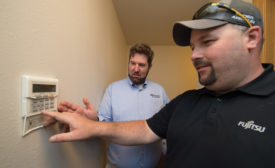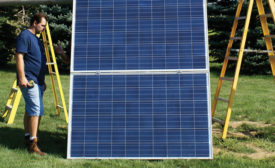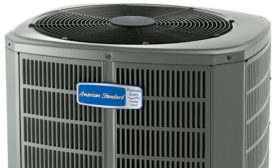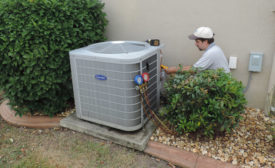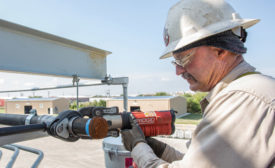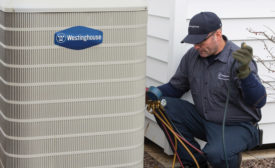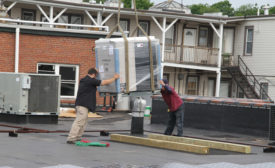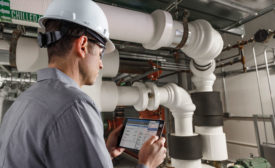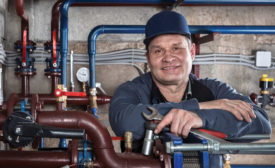Articles by Joanna R. Turpin
Although most claim to want high-end HVAC performance
Read More
Geothermal + Solar = Expensive but Often Worth it
Combination systems often result in net-zero consumption
Read More
Contractors Configure Their Dream Systems
The ultimate HVAC system differs from one pro to another
Read More
Biannual Service Recommended For Heat Pumps
Customers may balk at twice-a-year maintenance, but manufacturers and contractors recommend it
Read More
Is HVAC Becoming a Plug-and-play Profession?
Equipment often designed for less skilled workers
Read More
Heat Pumps Come in Many Styles
Alternative systems look for their share in the heat pump market
Read More
It’s All About the BAS
Automation’s future is driven by convergence, security, and mobilization
Read More
VRF, Hydronics Popular Options for Commercial Contractors
VRF, geothermal, and hydronic systems are just a few of the choices available
Read More
Copyright ©2024. All Rights Reserved BNP Media.
Design, CMS, Hosting & Web Development :: ePublishing
